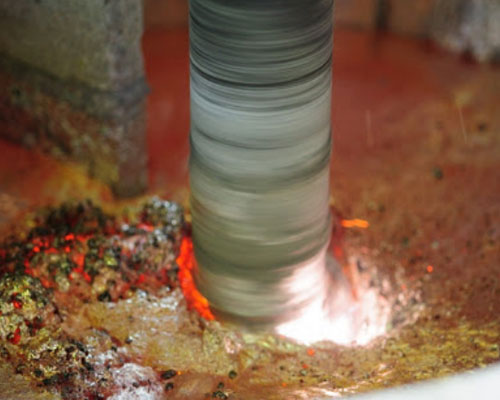The aluminum degasser can remove hydrogen from molten aluminum. The aluminum degassing process can also remove other harmful substances, such as chemical inclusions or alkaline substances. The degassing equipment can meet the production of aluminum products with higher technical performance requirements. The aluminum degasser is located between the furnace and the casting machine, and its main function is to remove hydrogen and other residues.
Hydrogen exists in the atmosphere and is easily dissolved in molten aluminum. The presence of hydrogen in molten aluminum can produce white spots or holes, which can adversely affect the final product. For example, these aluminum products may not achieve acceptable mechanical or physical properties and may adversely affect tensile strength. Hydrogen and inclusions can also cause material fatigue cracks.
Inclusions are solid, liquid or gaseous foreign bodies surrounded by aluminum. Metal and non-metallic inclusions should be removed because they may also damage the mechanical properties of the product. In machining and polishing, inclusions can also increase tool wear.

The aluminum degasserr is installed between the holding furnace and the casting machine. Nitrogen is blown into the molten aluminum alloy, and then the gas is chopped by a rotating graphite rotor in a degassing tank. Then, a large number of dispersed bubbles are formed so that the liquid aluminum alloy is in complete contact with nitrogen in the processing tank. According to the principle of air pressure difference and surface adsorption, the bubbles absorb hydrogen and oxidized slag. Then the bubbles rise to the surface of the melt to form scum. Then, the molten aluminum alloy flows from the outlet of the degassing unit to the casting machine. The liquid aluminum alloy continuously enters the degassing device, and nitrogen is continuously blown in. Through this purification process, the degasser can achieve the purpose of purifying aluminum alloy.
Workers should turn off the heating element before the molten aluminum enters the degassing equipment. When the temperature of the heater is close to the molten aluminum. Inert gas is injected into the rotor, and then molten aluminum is filled into the degassing box.

